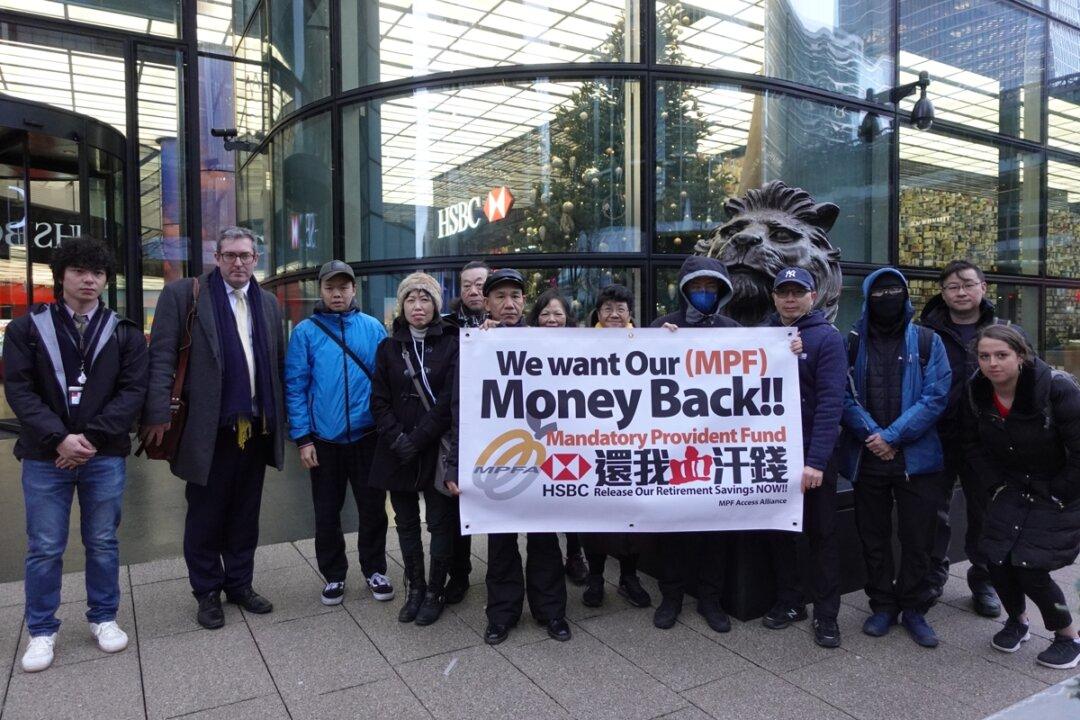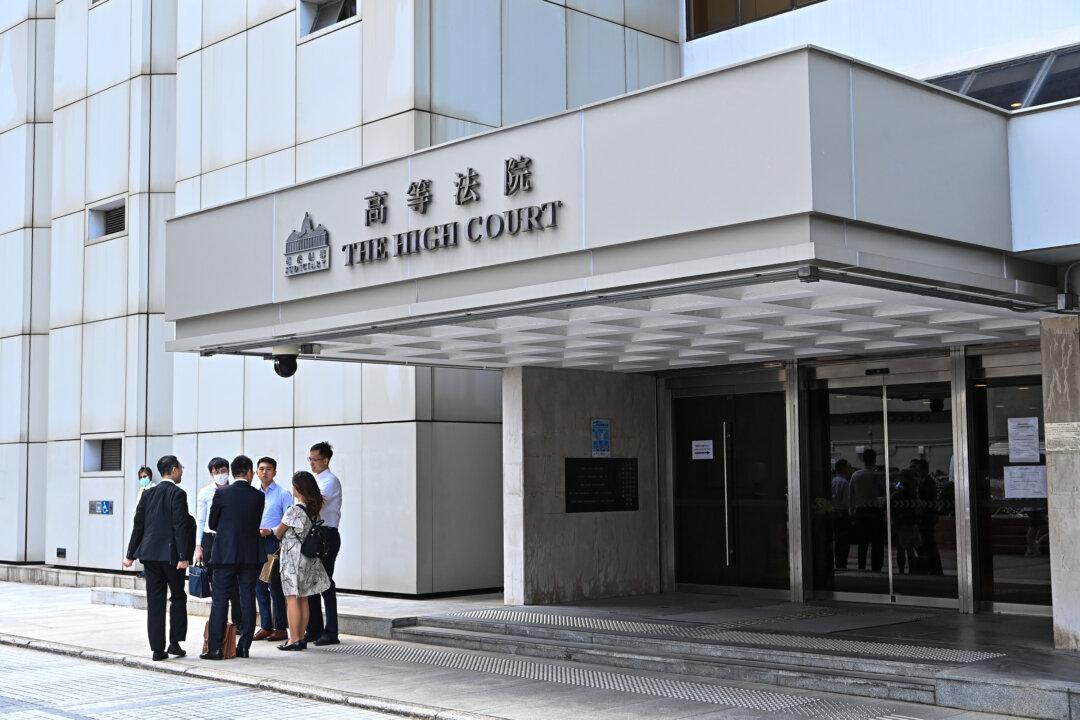In 2022, among all the foreign companies with regional headquarters in Hong Kong, the number of Chinese companies surpassed that of the American ones for the first time in 31 years.
On Nov. 24, the Census and Statistics Department of the Hong Kong Government published the report “2022 Annual Survey of Companies in Hong Kong with Parent Companies Located Outside Hong Kong.” Using June 1 as the cut-off date for all companies in Hong Kong, with parent companies located outside Hong Kong, there were 1,411 regional headquarters, 2,397 regional offices, and 5,170 local offices. The corresponding numbers in 2021 were 1,457, 2,483, and 5,109. Regional headquarters of foreign companies have reduced by 46 since 2021 and 130 since 2019, a drop of eight percent. There were 1,541 regional headquarters in 2019 in Hong Kong, with parent companies located overseas.




